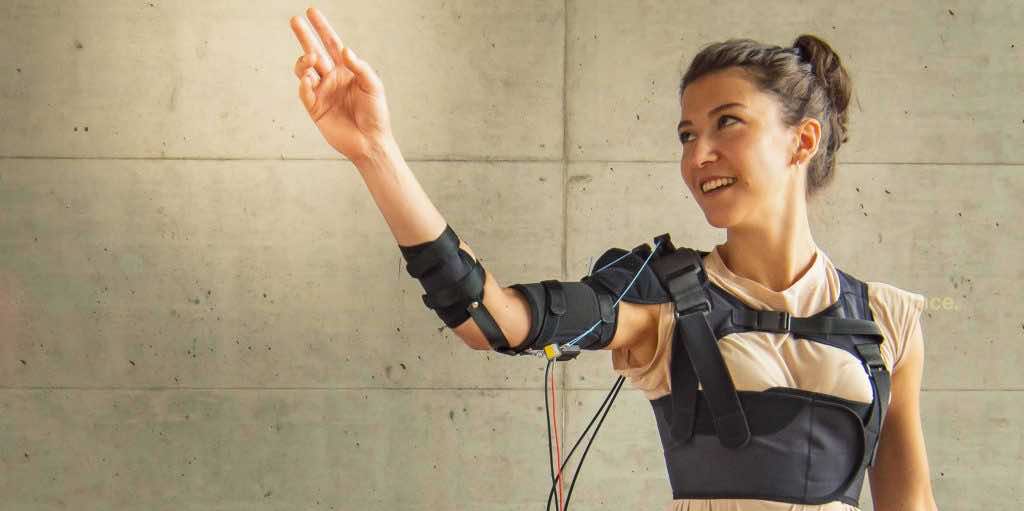Engineers are redefining the world of tomorrow through their innovative and resilient mindset. In yet another discovery, researchers at ETH Zurich have revealed the design of an engineered vest that would have the capability to support muscles in the everyday functioning of the body. It’s just like an extra layer of muscles getting attached to the body. It has been named “Myoshirt,” but it’s not ready to be used commercially because of its heavy weight.
Reportedly, its actuator and control box weighs 4 kg, which makes its usage impossible. However, the prototype would prove a breakthrough in the long run due to its effectiveness and easy-to-use nature. Users can hold control of their day-to-day bodily movements, and its benefits for the disabled are two-fold. It is manufactured in a flexible manner that can support individual body movements without any difficulty.
According to Marie Georgarakis, a former doctoral student at ETH Zurich’s Sensory-Motor Systems Lab, “Although hospitals have numerous good therapy devices, they are often very expensive and unwieldy. And there are a few technical aids that patients can use directly in their everyday lives and draw on for assistance in performing exercises at home. We want to close this gap”. Furthermore, he has described the working principle of this wearable as:
“It is a kind of vest with cuffs for the upper arms, accompanied by a small box containing all the technology that is not used directly on the body. Working via sensors embedded in the fabric, a smart algorithm detects the wearer’s intentional movements and the amount of force required. A motor then shortens a cable in the fabric running parallel to the wearer’s muscles—a sort of artificial tendon—and in this way supports the desired movement. “
Coupled with this, the researchers tested the practicability of this new device by considering 12 individuals as a sample size. Ten of them do not have any disability. However, one individual has been found with muscular dystrophy. The last one was enlisted with a spinal cord injury. The results were just up to expectations. It has been found that all of them performed their body movements with much ease when equipped with this vest. However, tolerance capability increased by up to 60% in patients with muscular dystrophy. In addition to this, the participant with spinal cord injury carried out the exercises with strength about three times. Moreover, the functional capability of the healthy participants in the study was also increased by up to three times.
According to Michele Xiloyannis, who works at the Sensory-Motor Systems Lab at ETH Zurich, “In the next phase, we want to test our prototype outside the lab in the natural environment of future wearers and use the results to further improve it.”

